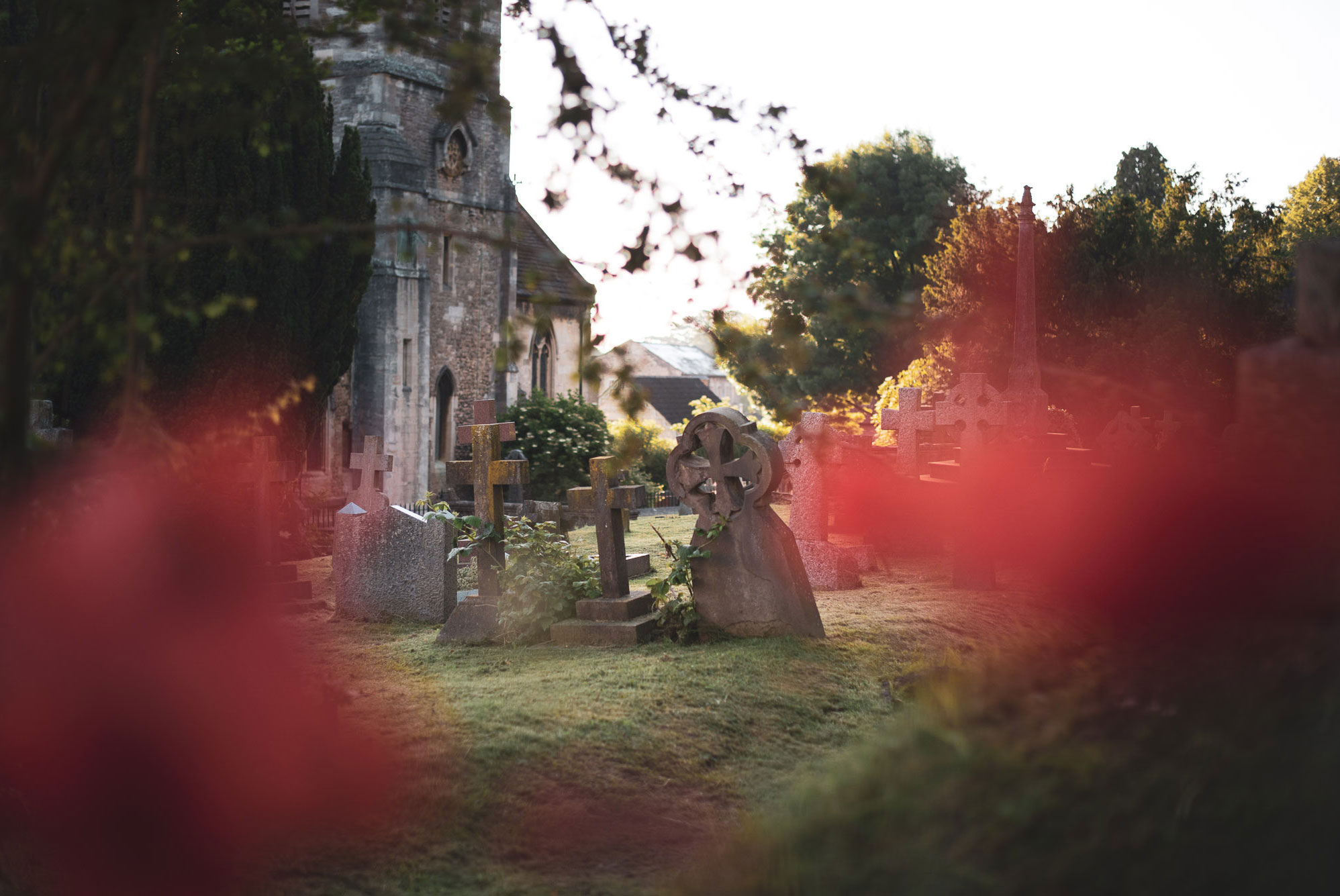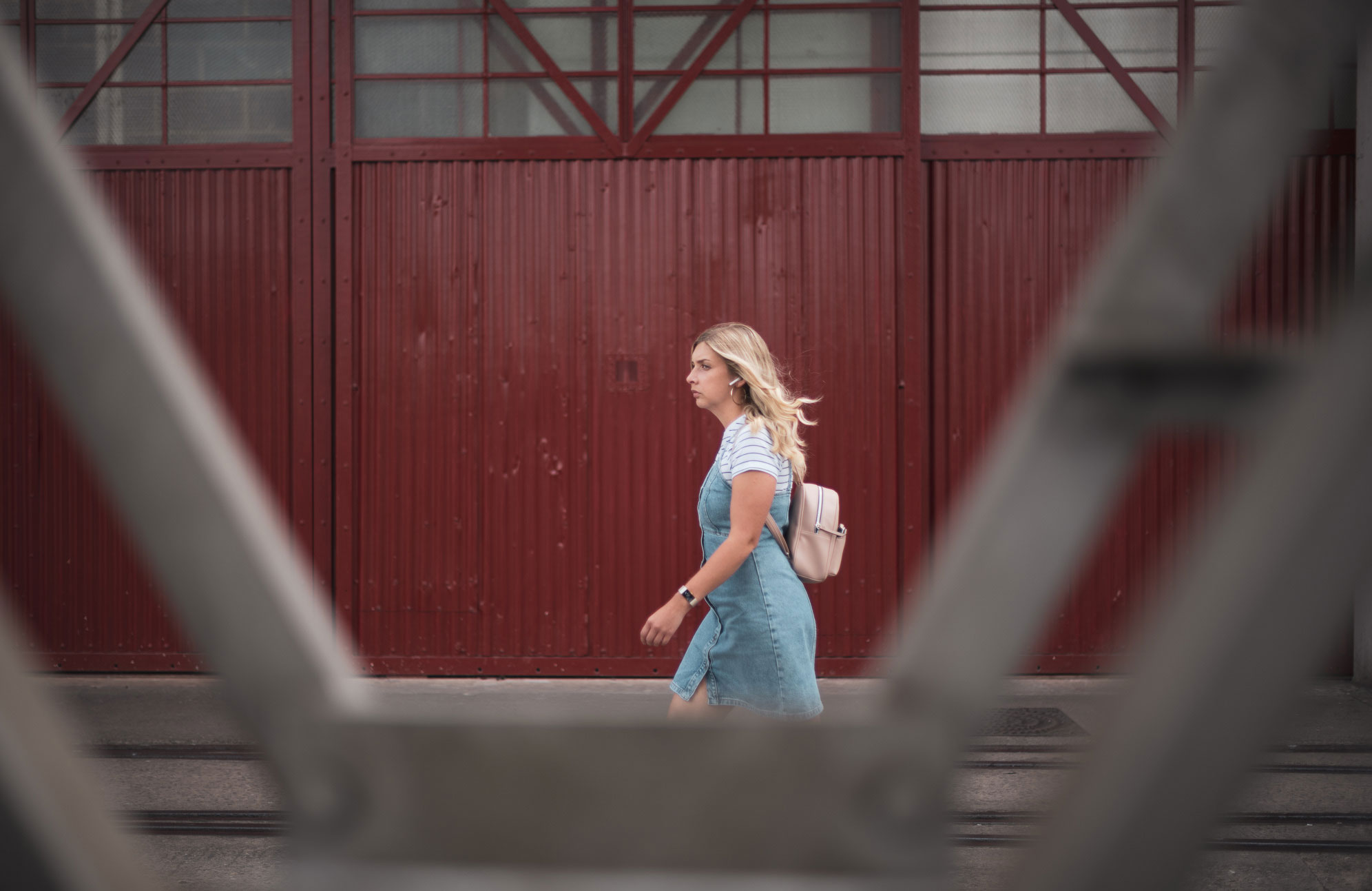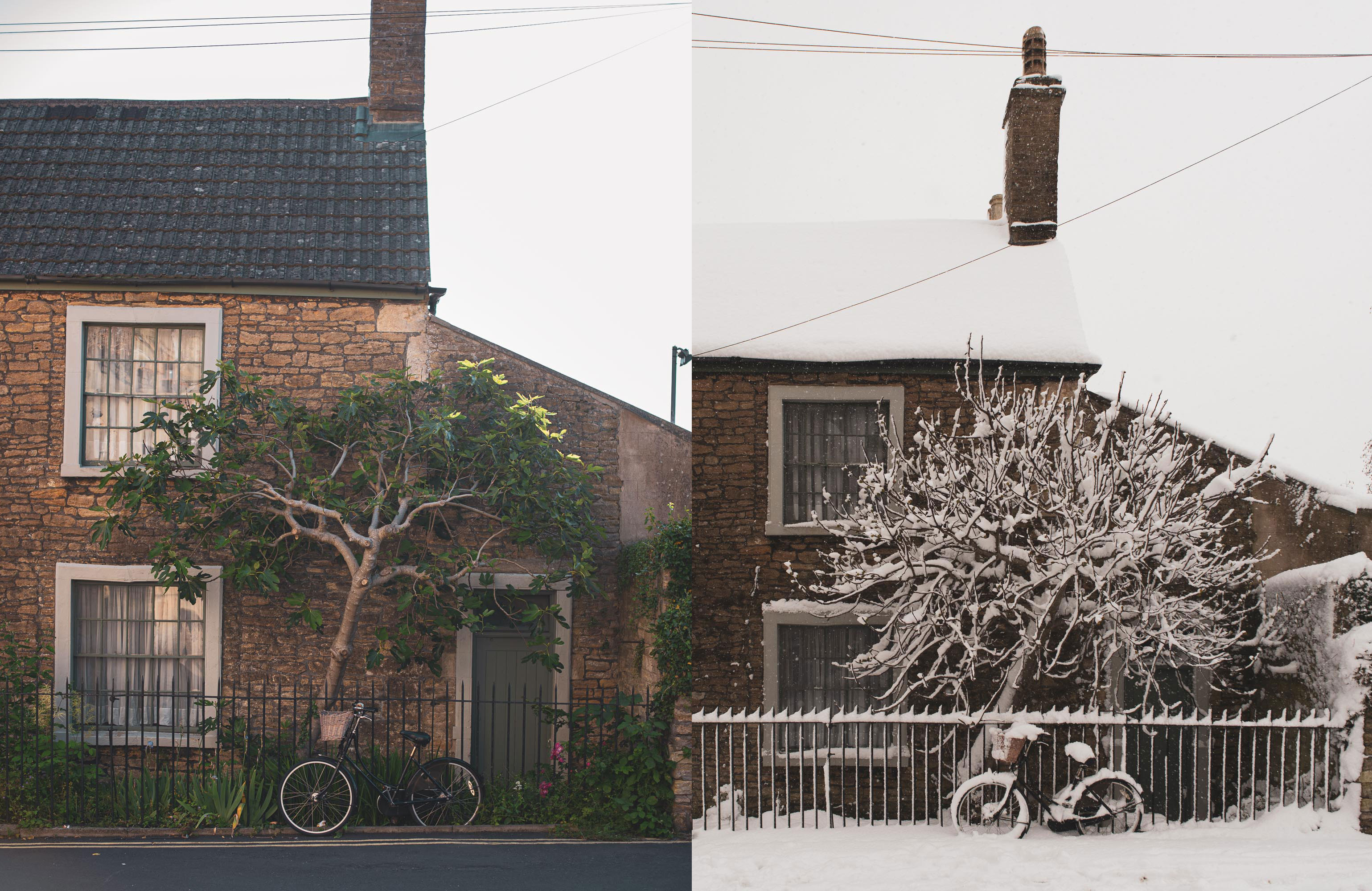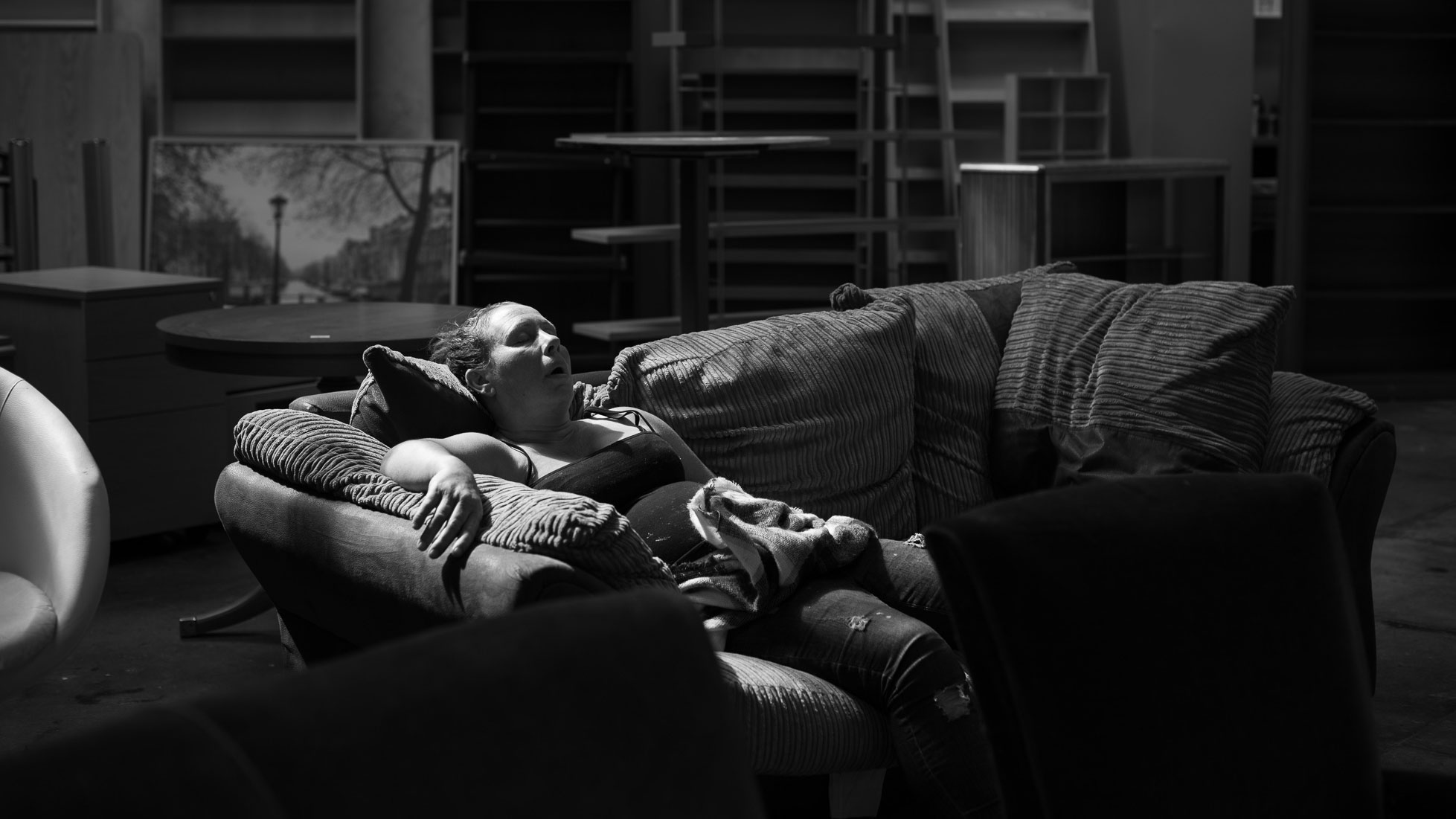Street photography: 11 expert tips
Street photography may seem nerve-wracking, but this guide will help you take better street photos.
Street photography captures unposed brief slices of time. This unpredictability means that as a photographer, you need to develop a keen eye for what will make a good image. Improving your street photography skills can help improve your skill in all types of photography, from portrait to landscape, and macro to wildlife.
Due to the chaotic complexity of the discipline, there are several techniques that a photographer may want to consider before and during a shoot. For example, by having an awareness of how weather affects the light, as it restricts your compositional technique and determines exposure settings, both of which alter the look of the final shot.
Of course, shooting with one of the best cameras is going to be a great way to shoot, but one of the best camera phones is just as sharp a weapon. A smartphone also has two main benefits over a traditional camera: one, you'll usually have it on you, and two, phones aren't as conspicuous so subjects are less likely to notice they’re being photographed. The latter is helpful when wanting subjects to remain unposed and unaware of your presence.
So let’s take a look at 11 tips to up your street photography game. For more general tips, see our post on improving your photography skills and our photography cheat sheet.
01. Look for the light

Bright, clear days are a great opportunity for harsh, contrasting shadows. These sharp shadows can be used as devices that intersect and interplay between other shapes in the frame. For example, strong light flooding through a stairwell. Conversely, clouds on overcast days spread the light and provide softer shadows. This can be more suited for subjects that have more rounded contours, and naturally produces a narrower dynamic range (difference between shadows and highlights), which can make it easier to expose subjects.
02. Remove the unessential

Since photographs are two-dimensional images, the only information a viewer collects is what is captured in the photo. Therefore, anything that isn’t in the frame, doesn’t exist. Shooting with this in mind will help sharpen composition better than following any of the standard compositional tropes such as the rule of thirds. The best method is to practise removing anything unessential from the frame by either repositioning yourself, the camera, or blocking part of the frame with objects in the scene.
03. Take a selfie

If you need to get particularly close to a subject to make the shot work, instead of holding the phone in their face and snapping away, you can become more inconspicuous by pulling a silly face to the camera, pretending like you’re taking a selfie, without actually using the front-facing camera.
Daily design news, reviews, how-tos and more, as picked by the editors.
04. Search for the moment

The fastest way to getting better street photographs is to get out and shoot. Chance encounters are more likely the longer you spend shooting, so make your street shooting more regular for a better hit rate. Actively search for pockets of light that will isolate subjects, or place yourself amongst bustling trade from busy markets for ample photographic opportunity.
05. Wait for the moment

Active searching for photographic opportunity is one thing, but preparing your shooting position can be equally advantageous. Notice key elements in the environment and then wait until a complementary subject presents itself, even for a brief moment. Here we used a crane to make a frame within the frame and waited for the right subject to walk by.
06. Look for connection

Good street photography tells a story, and a great shot will convey the story without much need for supplementary text. Look for interaction between people, gesticulation and eye contact – these will produce strong emotive characteristics that viewers can latch on to. Frame subjects with lead space into the photo – if someone is looking in one direction, give them more space on that side of the frame. Doing the opposite of this can look jarring, but that might be useful if that’s the intended message from your shot.
07. Revisit locations

Finding good local spots makes it easy to revisit at a later date. Attempt to shoot at different times of the day and in different weather conditions and use smart device apps to help. For example, PhotoPills is an app that provides exact solar and lunar positioning anywhere around the world at any time. Combine this with a weather apps such as MetOffice or AccuWeather and you can build a picture of when the light will be most favourable for certain locations.
08. Use black and white

Shooting in black and white, rather than converting to black and white later on, gives a glimpse into the tonal and textural side of photography. By removing colour, you also remove distracting elements. A bright sign or vivid painting is now rendered as grey instead and no longer draws attention. This practice is also known as chiaroscuro.
09. Be selective with colour

Find colourful subjects that work well together to combine background and foreground elements. Here, a tent, pitched next to the road on some wasteland is coupled with the well-kept studios behind through the use of the colour red. It links the two despite the apparent juxtaposition between wealth and poverty.
10. Shoot from oblique angles

Get up high and shoot down, or get low and shoot up. It’s easy to get shots at head height while you wander, but taking the time to change the perspective may produce more unique imagery. Lower angles, looking up at subjects tend to convey a sense of superiority and size to the subject, whereas the opposite is true when shooting down on something.
11. Use the continuous shutter
As action unfolds quickly in front of you, you might not have much time to recompose or wait for a perfect expression. Instead of taking one picture at a time, hold down the shutter release button for short periods to get a burst of images. That way, you can choose your favourite later on.
Jason Parnell-Brookes is a photographer, educator and writer, He was named Digital Photographer of the Year in 2014 and is a qualified teacher, Masters graduate and the former technique editor for N-Photo magazine.
Read more:

Jase Parnell-Brookes is the Managing Editor for e-commerce for Space and Live Science. Previously the Channel Editor for Cameras and Skywatching at Space, Jase has been an editor and contributing expert across a wide range of publications since 2010. Based in the UK, they are also an award-winning photographer and educator winning the Gold Prize award in the Nikon Photo Contest 2018/19 and named Digital Photographer of the Year in 2014.
After completing their Masters degree in 2011 and qualifying as a teacher in 2012, Jase has spent the last two decades studying and working in photography and publishing in multiple areas, and specialises in low light optics and camera systems.
